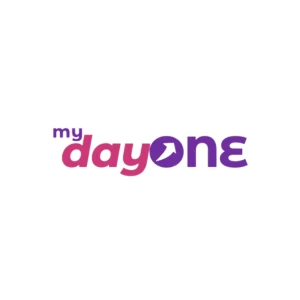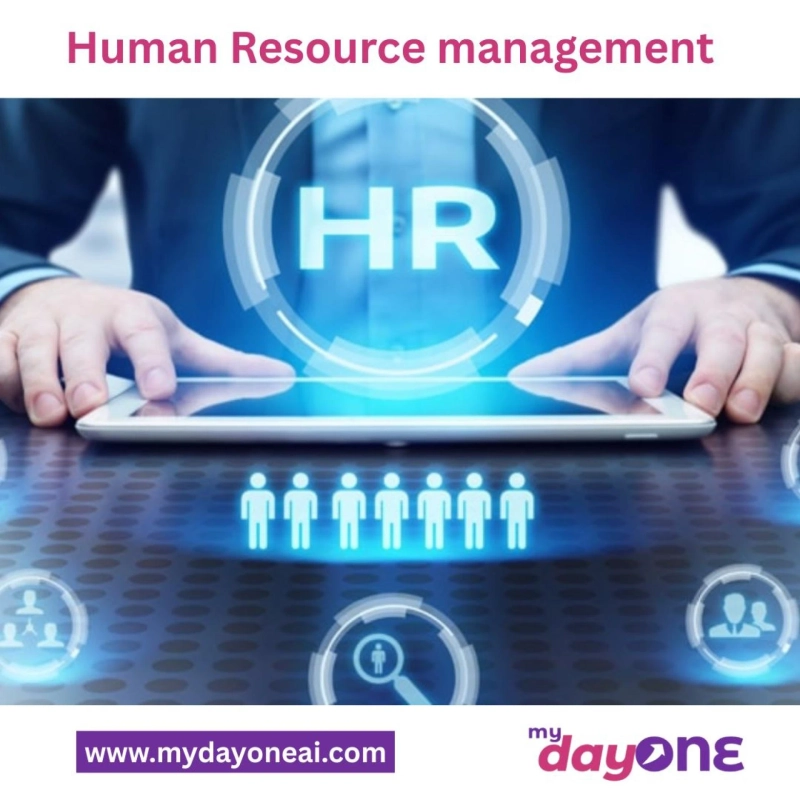In today’s fast-paced, knowledge-driven global economy, the true competitive edge of any organization lies not in its technology, financial capital, or infrastructure, but in its people. This truth places the function of human resource management (HRM) squarely at the center of strategic business operations. Far from being a mere administrative or compliance department, modern HRM is a dynamic, strategic partner essential for cultivating a thriving workplace, maximizing employee potential, and driving organizational goals.
Understanding and implementing effective human resource management is crucial for leaders, managers, and, indeed, every professional looking to contribute meaningfully to their company's success. It’s the art and science of coordinating, managing, and allocating human capital in ways that propel an organization forward.
What is Modern Human Resource Management?
At its heart, Human Resource Management is the strategic and comprehensive approach to managing a company’s employees, culture, and work environment. Its purpose is to ensure that people are used effectively and efficiently to achieve the organization's mission and objectives. It's about moving beyond transactional tasks—like processing payroll or handling paperwork—to focusing on the strategic deployment of the workforce.
The evolution of HR from ‘Personnel Management’—a largely administrative function—to strategic HRM reflects a critical shift in perspective: employees are now viewed as human capital, a valuable asset to be invested in and developed. The discipline today is deeply interwoven with organizational strategy, making the HR team an essential advisory body to top management.
The Pillars of Effective Human Resource Management
Effective HRM is built upon a set of integrated functions that cover the entire employee life cycle, from their first interaction with the company to their eventual departure. These core functions are the bedrock of a productive, compliant, and engaging workplace:
1. Talent Acquisition and Workforce Planning
This involves forecasting the organization's future talent needs, analyzing current workforce capabilities, and then executing the processes of job analysis, recruitment, and selection. It's not just about filling open seats; it's about strategically sourcing and hiring individuals who not only possess the necessary skills but also align with the company’s culture and long-term vision. A robust talent acquisition strategy is the foundation upon which all other HR successes are built.
2. Training and Development (T&D)
A company’s competitive advantage can diminish quickly if its workforce stands still. T&D focuses on equipping employees with the knowledge, skills, and competencies they need to excel in their current roles and prepare for future challenges. This includes everything from initial onboarding and compliance training to professional development programs, mentorship, and leadership coaching. Investing in continuous learning is crucial for high performance and employee retention.
3. Performance Management
This is the process of creating a shared understanding of what is to be achieved, managing and monitoring performance, and providing continuous feedback to ensure employees are aligned with organizational goals. Modern performance management is less about a single annual review and more about ongoing coaching, goal-setting, and recognition. When executed well, it drives engagement, clarifies expectations, and fosters a culture of accountability and growth.
4. Compensation and Benefits
Attracting and retaining top talent requires a fair and competitive "Total Rewards" package. This function manages salary structures, incentive plans, and employee benefits (health insurance, retirement, paid time off, etc.). It’s a delicate balance: ensuring internal equity and external competitiveness while maintaining cost-effectiveness for the business. Transparency and equity in compensation are becoming increasingly critical for employee trust.
5. Employee Relations and Culture
This vital function centers on maintaining a positive, ethical, and healthy relationship between employees and the company. It handles conflict resolution, grievance procedures, communication between management and staff, and cultivating a vibrant, inclusive organizational culture. A strong focus on employee well-being—including mental health and work-life balance—is now a non-negotiable part of this function.
6. Compliance and Risk Management
HRM is tasked with ensuring the organization adheres to all federal, state, and local labor laws and regulations. This involves managing workplace safety, privacy, anti-discrimination policies, and ethical conduct. By mitigating legal risks, HR protects the organization and provides a secure, fair environment for all employees.
The Future of Human Resource Management: Trends to Watch
The field of HRM is constantly evolving, driven by technological advances, shifting workforce demographics, and new expectations about work itself. For HR professionals and business leaders, staying ahead of these trends is paramount:
1. The Rise of People Analytics: HR is becoming more data-driven. Using metrics and analytics on data from surveys, performance reviews, and operational systems allows HR to predict attrition risk, measure the effectiveness of training programs, and make strategic, evidence-based decisions about the workforce.
2. AI and Automation: Artificial intelligence is streamlining many transactional HR tasks, such as initial candidate screening, payroll, and answering routine employee inquiries via chatbots. This frees up HR professionals to focus on strategic initiatives that require complex emotional intelligence, problem-solving, and human connection.
3. Holistic Employee Well-being: The focus has shifted from mere physical health to a comprehensive model of well-being that includes financial, mental, and emotional health. HR is at the forefront of implementing policies and programs that prevent burnout and create a truly supportive environment.
4. Skills-Based Organization Design: Instead of focusing purely on job titles, organizations are increasingly structuring themselves around the skills and competencies employees possess. HRM is leading the charge in identifying skill gaps, facilitating upskilling and reskilling, and promoting talent mobility to keep the workforce agile and future-ready.
Conclusion
Human resource management is the engine that translates organizational strategy into tangible success. By focusing on people—their strategic placement, development, motivation, and well-being—HR ensures that a company’s most valuable assets are performing at their peak.
In a world defined by change, the true measure of a company’s resilience and long-term prosperity will be the strength of its human resource strategy. For any organization aspiring to lead, innovate, and endure, mastering strategic HRM is not just an option—it is a necessity.


